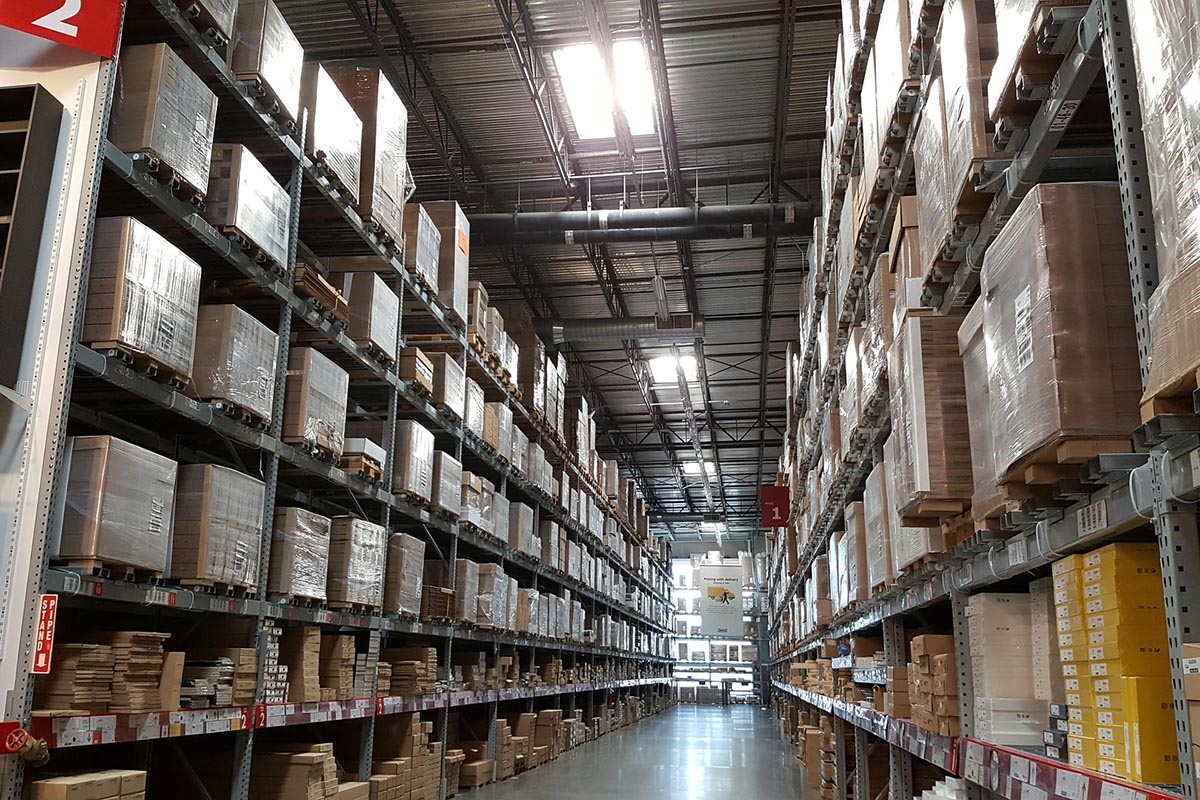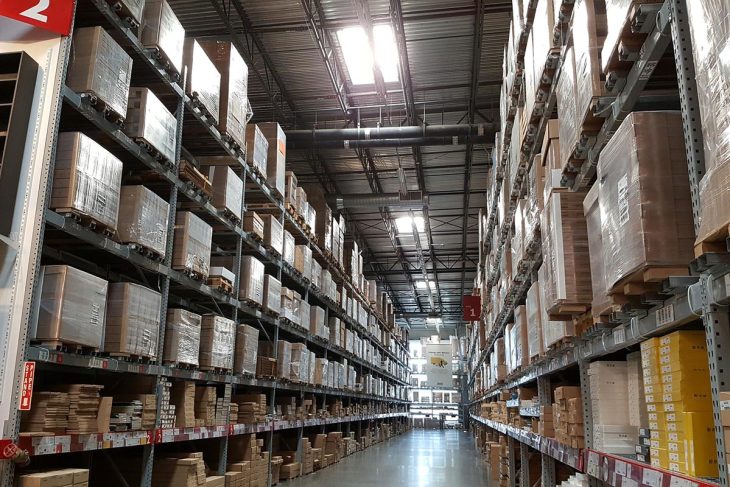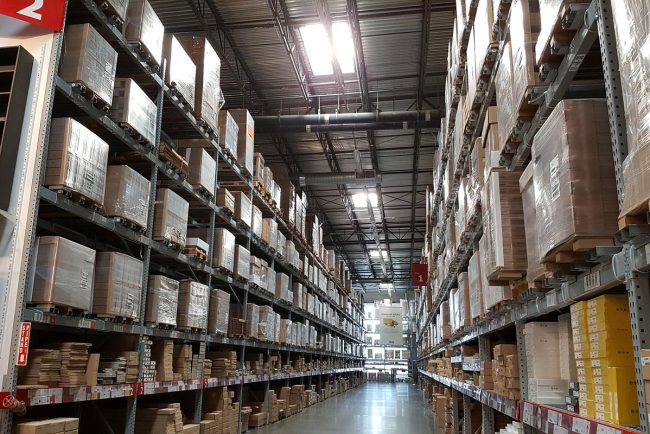

The concept of the warehouse of tomorrow represents a visionary approach to warehousing and distribution. It envisions warehouses designed with connectivity and automation at their core, promising enhanced efficiency and productivity in storage and fulfillment processes. To achieve this, companies need to focus on modernization efforts that integrate technology seamlessly into their operations. This article will explore the key principles for constructing a future-ready warehouse and highlight the significance of connectivity and automation in driving success.
Defining Your ‘Tomorrow’
When discussing the warehouse of tomorrow, it refers to a forward-looking perspective on warehousing and distribution practices. The emphasis is on designing warehouses that embrace connectivity and automation to optimize efficiency and productivity. The aim is to future-proof operations and leverage advanced technologies to streamline processes, improve forecasting accuracy, ensure order precision, and adapt swiftly to evolving market dynamics.
The 7 Rules for Constructing a Future-Ready Warehouse
- Flexibility First: The warehouse of tomorrow should prioritize flexibility, enabling easy reconfiguration and adaptability to meet changing business needs. It involves future-proofing operations to accommodate new technologies seamlessly. Embracing IoT devices and platforms based on common standards, supporting EDIs and APIs, and ensuring fast connectivity throughout the warehouse are essential steps. Modular designs in racking and layout facilitate quick adjustments to accommodate new products or operational changes.
- Automation Has a Heart: Automation and machine learning technologies should be integrated throughout the warehouse, particularly in inventory management, order fulfillment, and tracking services. While automation enhances efficiency, it should complement human workers rather than replace them. The goal is to optimize business outcomes and improve workers’ jobs by implementing automation where it adds value and utilizing human expertise for tasks requiring discretion or complex decision-making.
- Analytics Are the Brains: Data and analytics play a crucial role in every aspect of the warehouse, from inventory management to demand forecasting and planning. Leveraging a smart warehouse management system (WMS) empowered with analytics enables efficient monitoring of inbound goods, current stock, orders, and historical trends. By using data-driven insights, the WMS can make informed decisions about labor allocation, storage locations, order picking, and carrier scheduling, leading to optimized inventory balancing across multiple warehouses.
- Efficiency Includes Energy: Sustainability and energy efficiency should be prioritized in the warehouse of tomorrow. Tracking renewable energy sources and usage across the supply chain is crucial. Implementing advanced sensors and data capabilities allows monitoring and reporting of electricity usage, aligning with the company’s commitment to eco-friendly practices. Warehouses serve as ideal testing grounds for various sustainable initiatives, and their central role in supply chain operations facilitates comprehensive reporting of environmental data.
- Ergonomics Must Evolve: Ensuring worker safety and well-being is paramount in the warehouse of tomorrow. Ample space for movement, ergonomic designs, and the utilization of modern technology can prevent injuries and enhance worker comfort. Attention should be given to immediate ergonomics, allowing robotics and other tools to adapt to how they are used and support workers’ physical demands. Height-adjustable bins, lifting aids, and automated racking systems are examples of technologies that minimize strain and enhance ergonomics.
- Enshrine the Importance of Customer Communication: Collaboration and communication within the warehouse should be prioritized, facilitating seamless coordination among teams and departments. The focus should be on providing efficient and accurate order fulfillment, ensuring a high level of customer satisfaction. Automated updates on shipping status, including reasons for delays, should be integrated with marketing and customer care services, offering transparent and timely information to customers.
- Make Room for Tomorrow’s Tomorrow: Scalability should be built into the warehouse’s design, enabling easy expansion as the business grows. Modular construction approaches can facilitate seamless physical expansion when needed. Forward-thinking companies should invest in additional space ahead of reaching full capacity, anticipating future growth. Furthermore, warehouses should be adaptable to support multiple business models, creating revenue opportunities and enabling flexibility to navigate market fluctuations.


















